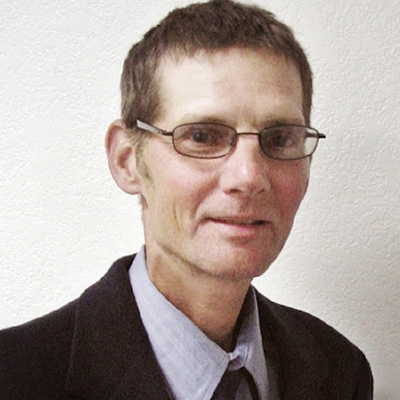"I can't give you statistics for night use," reports Kandi Young, communications manager for Sun Tran, "because our fare boxes give only the dates for ridership, not the time, and I don't like to give out guesstimates."
To gauge the public reaction to service that now runs as late as 11 p.m. or midnight on 21 different routes across Tucson, we took evening rides on seven of them last week. General observations:
· Ridership was surprisingly strong until a drop-off after 10 p.m.
· Tucson's three bus centers are the hub of much nighttime activity, with fewer people on some routes boarding at other stops than is usual during daylight hours.
· Of the rides taken, Route 8 from the east side along Broadway Boulevard to downtown had the most riders at one time with 18, followed by Grant Road Route 9 with 16. Meanwhile, Route 1 from the UA campus to downtown had the fewest passengers with only 2, and Route 16 northbound from the Laos Transit Center had 6.
When voters in May 2006 approved the $2.1 billion, 20-year RTA plan, part of the package was approximately $38 million for "weekday evening bus service expansion." Most Sun Tran routes stopped running by 8 p.m. or earlier, and proponents believed many people wanted additional nighttime rides.
"Buses will run past midnight to accommodate working people, night students and those without cars to shop, enjoy recreation, utilize medical services, attend to emergencies, etc." wrote former Mayor George Miller and his wife Roslyn in supporting the RTA proposal.
Skeptics, on the other hand, doubted that in automobile-addicted Tucson many people would ride the bus, especially late at night.
Eight months ago, Sun Tran introduced expanded evening service on eight routes, with another seven added in May and a final six in August.
"That's all that will be phased in," Young states of the RTA-funded Sun Tran evening service. "We've received lots of compliments," she adds, "for providing a service we didn't have before."
But with Sun Tran billing the RTA $65 an hour for each of its nighttime runs, are current ridership numbers sufficient to justify the expense?
The traditional rule of thumb in mass transit circles is that fare box receipts should cover between 20 and 25 percent of the cost of the trip. As seen last week, that figure probably isn't being approached by many of the nighttime routes, especially those after 10 p.m.
Young believes it will take time to increase ridership later at night. "With new services," she points out, "it always takes time for the public to recognize they can rely on it. ... Plus, the last trips of the day are pretty empty because people don't take them in case they miss the bus. So it's going to take time."
Another unanswered question about the nighttime service is: Are the times and routes selected by Sun Tran performing up to expectations so far?
"We have no concerns with Sun Tran's delivery of service," says Jim DeGrood, director of transportation services for the Pima Association of Governments, which staffs the RTA.
"As for the appropriateness" of that service, DeGrood continues, referring to Sun Tran's evening runs, "we haven't looked at that yet, but we will." DeGrood indicates he is working with city of Tucson staff members on "developing metrics" to measure performance of nighttime routes, but acknowledges, "It's a work in progress.
"We'll have to see if we targeted the right population," DeGrood says. "We'll have to get rider feedback on it."
With fare boxes not providing data on the time of rides, and DeGrood estimating it might be two years before that situation can be changed, a customer satisfaction survey is the best bet for determining general ridership numbers. But Young says that while Sun Tran officials have talked about a survey, it may not be done for at least one year.
In the meantime, the RTA allocated $425,000 to Sun Tran for nighttime service through the end of June, and expects to pay another $2 million for the current fiscal year.
Those funds provide half-hour frequency on six evening routes, one-hour headways on 11 others and frequencies of 40 or 50 minutes on the final four routes.
Of those observed riding last week, some were UA or Pima Community College students; others were people returning home from work. But most appeared to be simply poor.
Another observation was how silent almost everybody was at night. During the day, Sun Tran buses can sometimes be lively vehicles with people either talking to each other or into their cell phones.
But for some reason at night, a different, much quieter atmosphere descends over the bus. The exception to that rule last week was Route 8, where a chuckling conversation about eating burritos covered in white gravy involved many of the passengers.
While there may be future adjustments to Sun Tran's nighttime schedule to increase ridership, Young stresses that the program in general isn't endangered. "We're keeping this service," she says. "It's not going anywhere."











